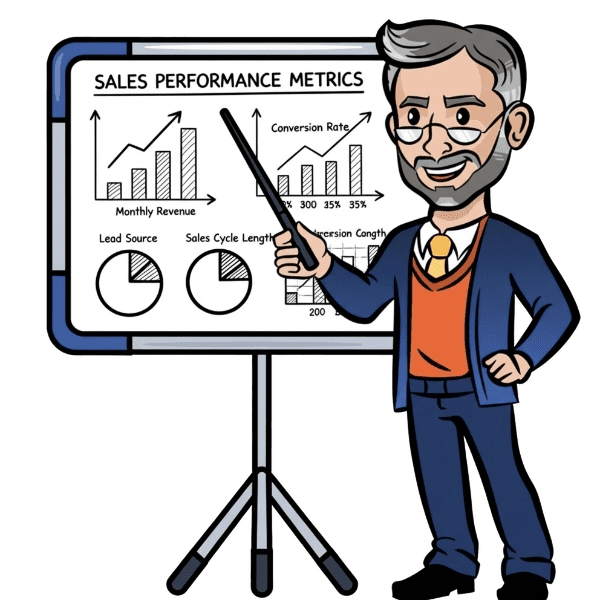Definition: SEO performance metrics are quantifiable indicators used to evaluate the effectiveness of a website’s search engine optimization efforts. These metrics track visibility, traffic quality, technical health, and goal completions, helping businesses make data-informed decisions to improve rankings and drive organic growth.
Use It In a Sentence: We optimized our content clusters and saw measurable improvements across key SEO performance metrics, including bounce rate, keyword rankings, and conversions.

Why SEO Performance Metrics Matter
Tracking SEO metrics ensures your content, technical setup, and keyword strategies aren’t just active—but actually delivering ROI. These insights help you:
- Diagnose performance issues early
- Measure traffic quality and intent
- Prioritize optimization efforts
- Align SEO goals with business outcomes
- Justify investments in organic growth
Core Categories of SEO Performance Metrics
| Category | What It Measures |
|---|---|
| Visibility | How well your pages rank on SERPs |
| Engagement | How users interact with your organic content |
| Technical Health | How crawlable, indexable, and fast your site is |
| Conversions | How SEO contributes to leads and revenue |
12 Essential SEO Performance Metrics to Track
- Organic Traffic
Total sessions and users arriving via search engines. - Keyword Rankings
Position of targeted keywords on Google and other search engines. - Click-Through Rate (CTR)
Percentage of users who click your link after seeing it in SERPs. - Bounce Rate
% of users who leave after viewing one page—helps evaluate relevance. - Dwell Time
How long users stay on your page—signal of content value and engagement. - Pages per Session
Indicates content depth and site navigation quality. - Domain Authority (DA)
Third-party score that predicts your ranking strength. - Backlinks and Referring Domains
Tracks earned links, a strong off-page SEO signal. - Indexed Pages
Total number of pages that are crawlable and indexed by Google. - Core Web Vitals
Google’s page experience metrics: LCP, FID, CLS. - Top Landing Pages
Organic pages driving the most sessions and conversions. - Goal Conversions from Organic
Measure form fills, purchases, or other conversions tied to search traffic.
SEO Reporting Tools to Monitor Metrics
- Google Search Console – Tracks rankings, CTR, and indexing issues
- Google Analytics 4 (GA4) – Measures behavior and goal completion
- Ahrefs / Semrush – Keyword tracking, backlinks, competitive gaps
- Screaming Frog – On-site SEO audits and crawl diagnostics
- Looker Studio (formerly Data Studio) – Custom dashboards
How to Use Metrics to Drive SEO Strategy
- Benchmark Regularly
Know your current rankings, traffic, and conversions. - Set KPIs by Funnel Stage
Top (traffic), middle (engagement), bottom (conversions). - Track Impact of Content Updates
See how refreshes improve rankings, CTR, and dwell time. - Segment by Device and Location
Optimize based on how different users behave. - Prioritize Technical Fixes
Use Core Web Vitals and crawl data to maintain performance.
Final Thoughts: Metrics That Move the Needle
Don’t measure SEO success by vanity alone. Focus on metrics that signal real user intent, technical health, and revenue contribution. SEO is a long-term investment—so your metrics should tell a story of sustainable, compounding growth.
More Definitions & Related Blogs
Explore more search and content optimization strategies from the Sales Funnel Professor:













